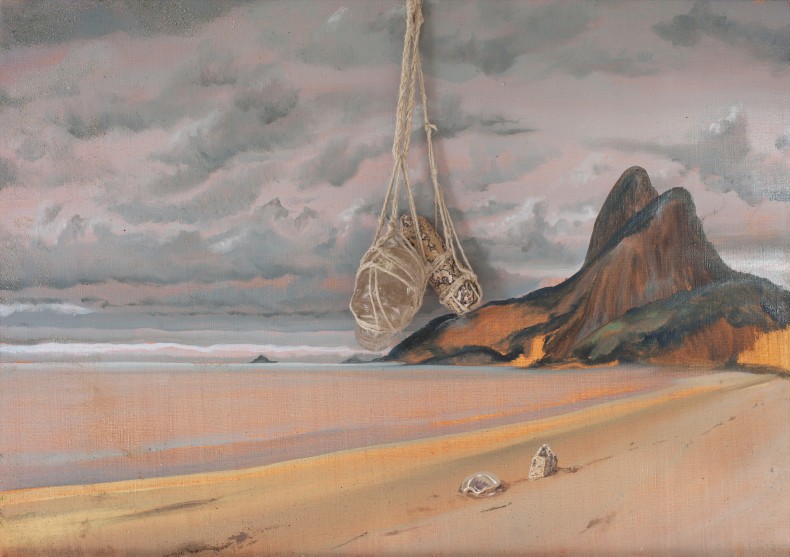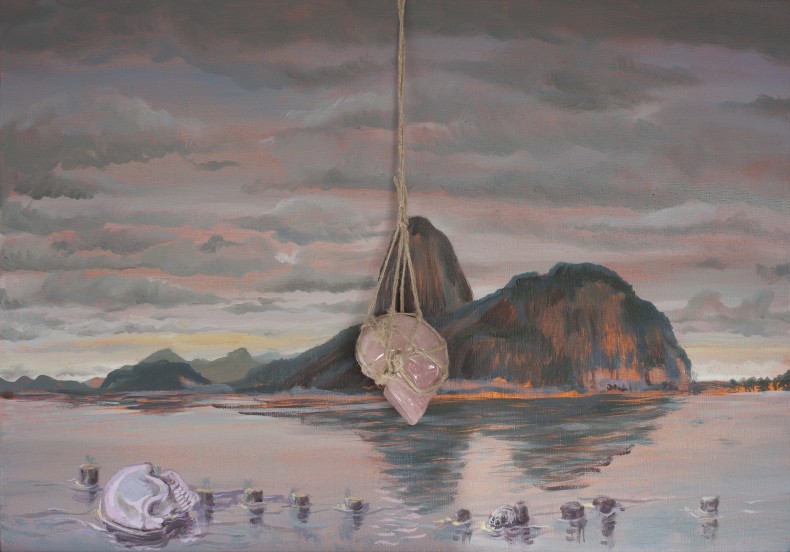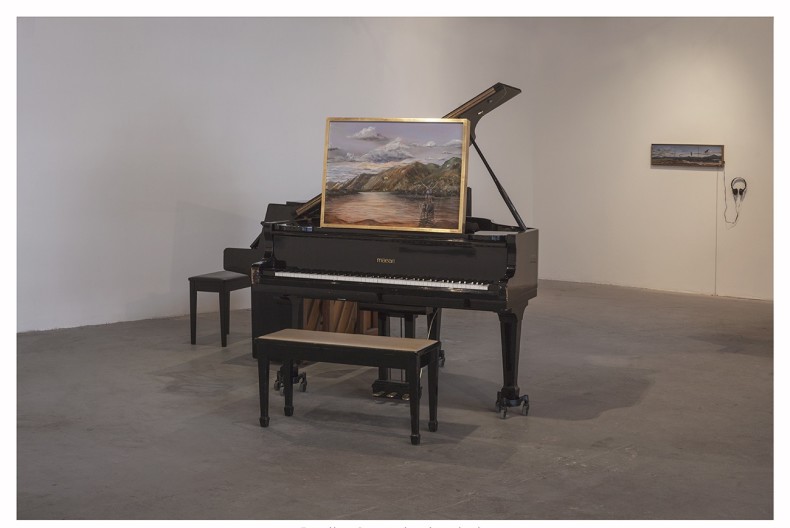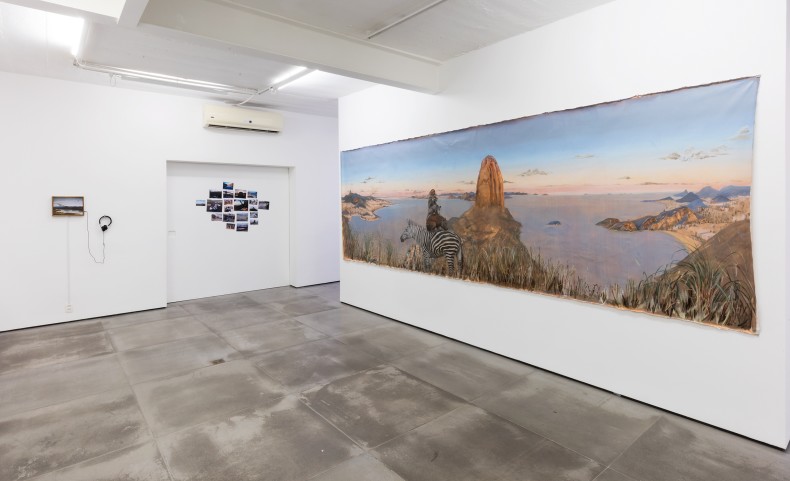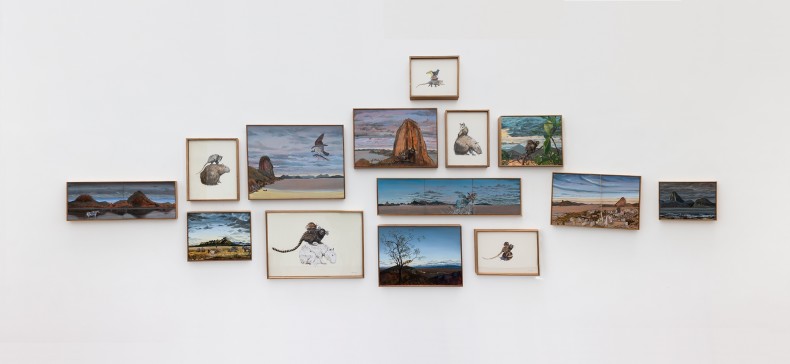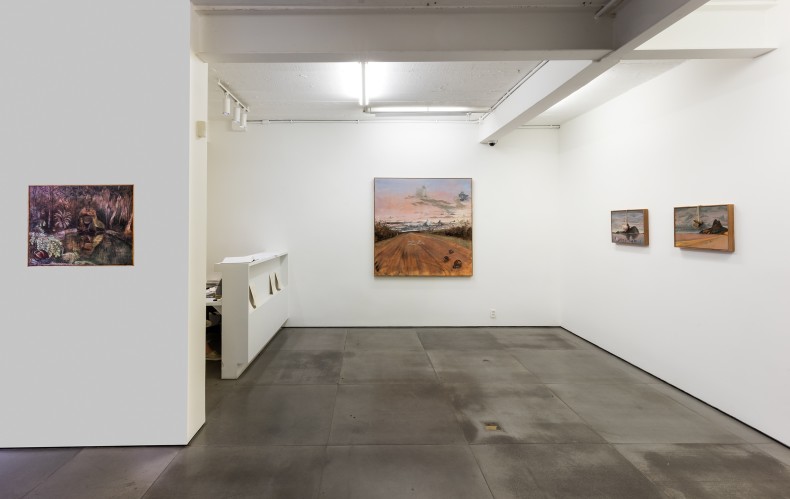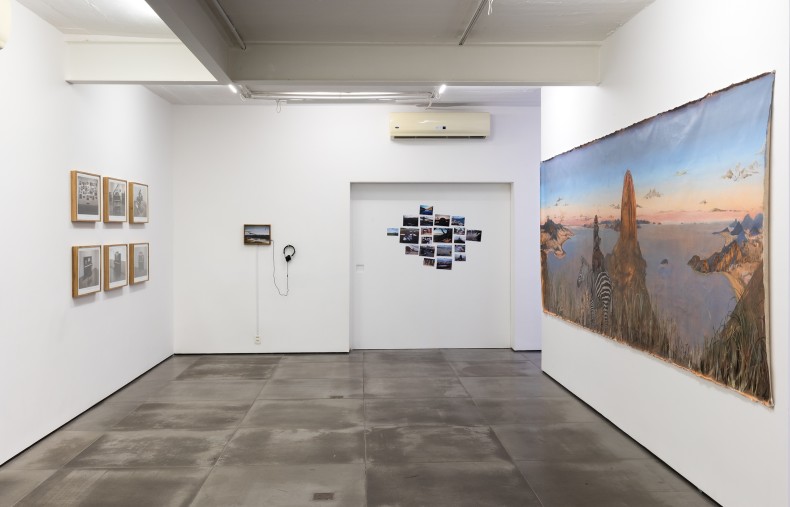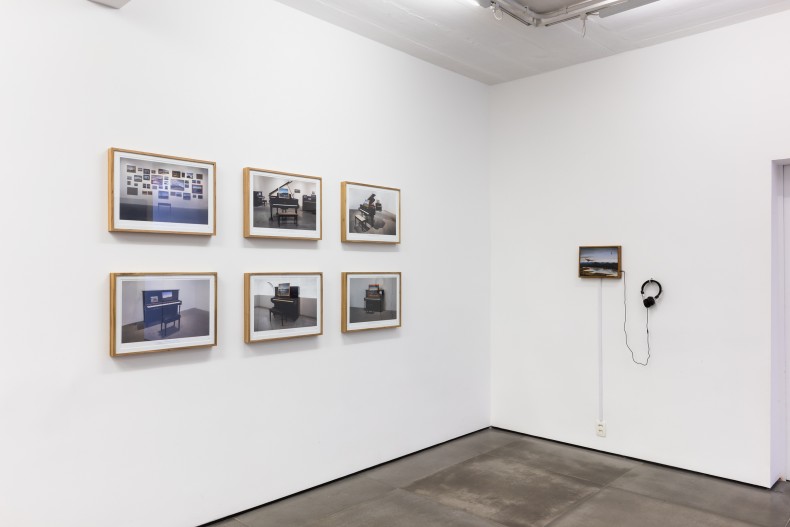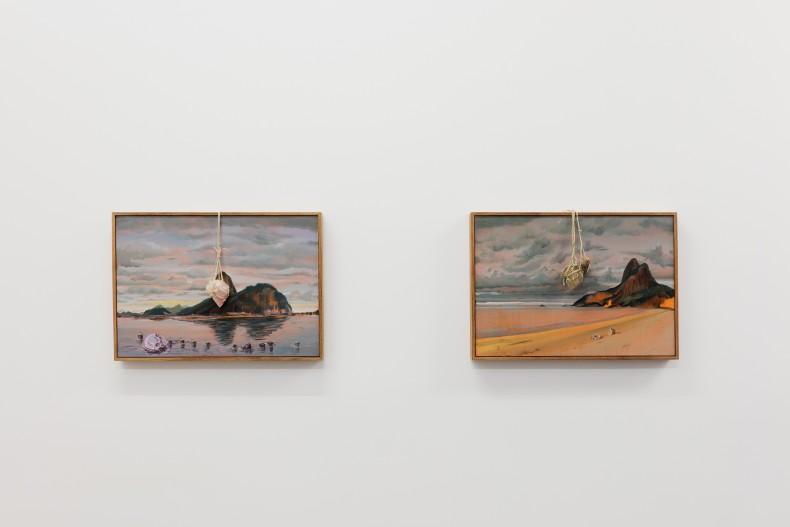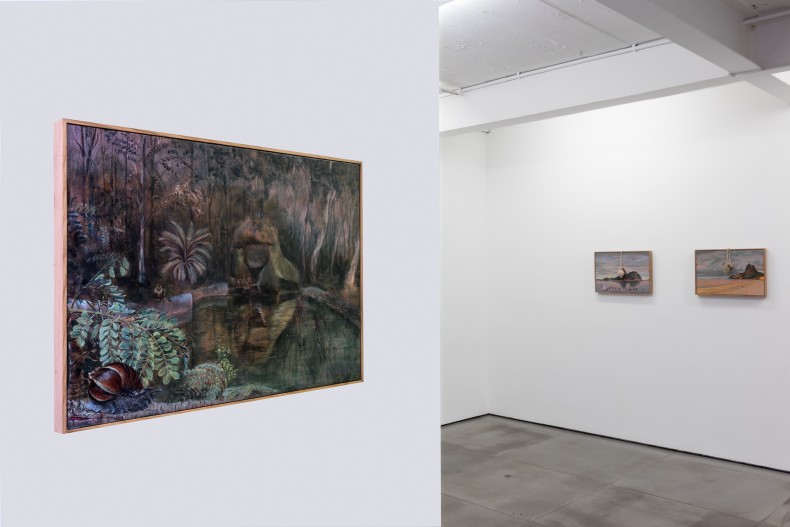Galeria Nara Roesler | Rio de Janeiro presents Alberto Baraya: Estudios Comparados de Paisaje. Alberto Baraya, the contemporary traveling artist who has participated in important art events worldwide, including the 27th Bienal de São Paulo (2006) and the 53rd Venice Biennale (2009), this time has Rio de Janeiro as the source of his Estudios Comparados de Paisaje. This year, the Colombian was in Rio on two occasions to conceive his new series of more than 20 artworks that he is bringing to Galeria Nara Roesler.
After the example of the Europeans who undertook botanical expeditions in the colonial period, his works investigate territories to create fictional poetics that reflect on power and the remnants of colonialism, questioning both the drive to control the world through the act of naming and classifying it, as well as through the construction of national identities. In his last exhibition at the gallery, in 2010, the artist presented an unfolding of his emblematic project Herbario de Plantas Artificiales, a series conceived based on plastic flowers and plants from a wide range of origins along with photos that record the work procedure, appropriating the methods of the botanical naturalists to question positivist thinking, in a resistance to the principles of Western education.
In the current project, to create his Estudios Comparados de Paisaje, Baraya took as his basis the tradition of landscape paintings – also known as “vistas” – portrayed by travelers or residents, seeking to debate various aspects including the notion of a national landscape. For his Expedición Rio de Janeiro, made especially for his new exhibition at the gallery, the artists selected a series of vistas of the city, produced through the technique of painting new canvases from the same viewpoints used in works by academic painters. Baraya then brought the artworks to his studio and, through interventions, deconstructed their narratives, converting the paintings into objects. “Some of these landscape-impressions operate as stages in which I develop commentaries of a personal and social interest,” explains the artist. According to Baraya, in this series, this is done through the introduction of animals/characters that are strange to the nature originally depicted. “The migration of the species or the classification of species as exotic is part of the literary and graphic tradition of the fable,” he comments. He also thinks that the landscape-impressions can be read and reinterpreted under the perspective of other categories of knowledge and art.
Parque Lage, November 25, at 12 a.m.
For Baraya, in the particular case of the Estudios Comparados de Paisaje, the objects in oil paint are proposed as potential musical scores to be played on the piano. This gives rise to a performance of landscapes/musical scores, in partnership with Benjamim Taubkin. Like an experimental laboratory, the piano is taken out of its normal setting and brought outdoors, to the gardens, where the painter and pianist realize their own interpretations of the surrounding landscape. At the end of the first act, the works of the exhibition at Galeria Nara Roesler brought to Parque Lage become musical scores, reinterpreted by the musician on the piano.
